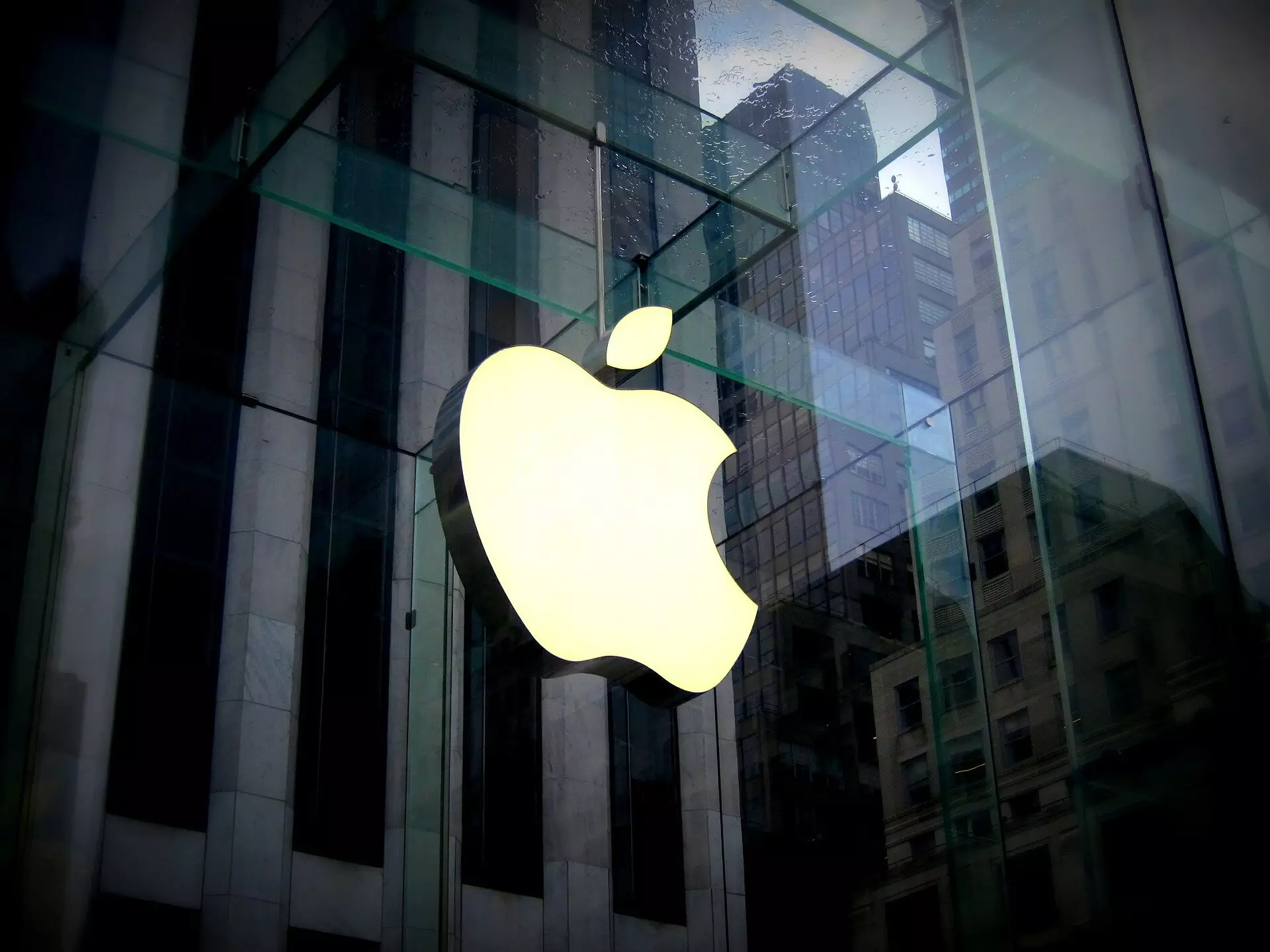Our smart devices have revolutionized various aspects of our lives, from communication to health tracking and even language translation. However, there is one major obstacle that has hindered the progress of artificial intelligence (AI) on portable devices: memory limitations. Fortunately, researchers at Apple have developed a groundbreaking approach to address this issue, promising to unlock the full potential of AI on our smartphones.
Memory Challenges for Large Language Models
Large language models require extensive amounts of memory to operate efficiently. With smartphones like Apple’s iPhone 15 equipped with a mere 8GB of memory, the storage capacity falls significantly short of what AI demands. To overcome this challenge, Apple’s researchers proposed a novel method that maximizes AI performance while dealing with limited memory availability.
In their paper titled “LLM in a flash: Efficient Large Language Model Inference with Limited Memory,” Apple introduces two key techniques to optimize memory usage:
1. Windowing
The windowing technique reduces data exchange between flash memory and RAM by reusing results from recent calculations. By minimizing input-output (IO) requests and conserving energy and time, this method significantly decreases the amount of data that needs to be transferred.
2. Row Column Bundling
To achieve greater efficiency, Apple’s researchers propose row column bundling. This approach involves processing larger chunks of data at a time from flash memory, further reducing the data load and enhancing memory utilization.
Apple’s breakthrough memory optimization techniques offer profound implications for deploying advanced large language models in resource-limited environments. This development expands the applicability and accessibility of AI, enabling smartphones with limited memory to run more powerful AI systems. According to the researchers, their approach allows for AI programs that are twice the size of a device’s DRAM capacity while improving CPU operations by up to 500% and speeding up GPU processes by up to 25 times.
With Apple’s innovative memory optimization techniques, the integration of AI into our daily lives takes a significant leap forward. Imagine engaging in natural language conversations with our devices, effortlessly accessing vast amounts of knowledge, and receiving real-time translations on the go. The limitations imposed by memory constraints will no longer hamper the potential of AI, bringing us closer to a future where AI seamlessly fits into our portable devices.
In addition to memory optimization, Apple has made another recent breakthrough in the field of AI. The company has developed a program called HUGS, which can create animated avatars using just a few seconds of video footage captured from a single lens. This advancement eliminates the need for multiple camera views, streamlining the avatar creation process. Current methods often require two days to create realistic dancing avatars, whereas Apple’s HUGS program can achieve the same result in as little as 30 minutes.
The advancements made by Apple in both memory optimization and avatar creation highlight the company’s commitment to pushing the boundaries of AI technology. By addressing the memory limitations of smart devices, Apple has paved the way for more sophisticated AI applications in resource-limited environments. As we continue to witness these breakthroughs, our portable devices will become even smarter, enhancing our daily lives and revolutionizing the way we interact with technology.


Leave a Reply